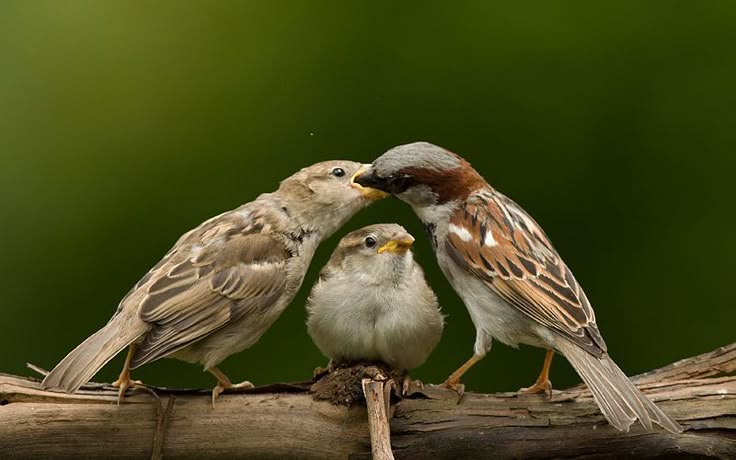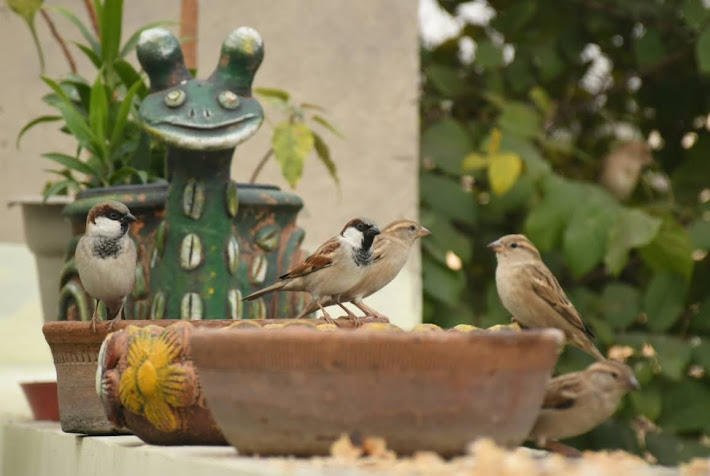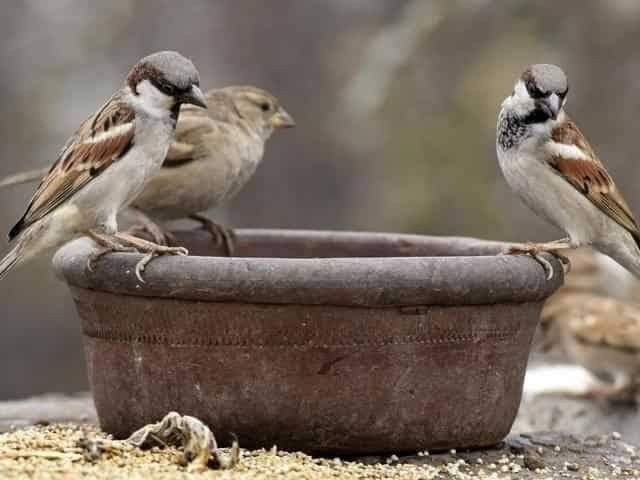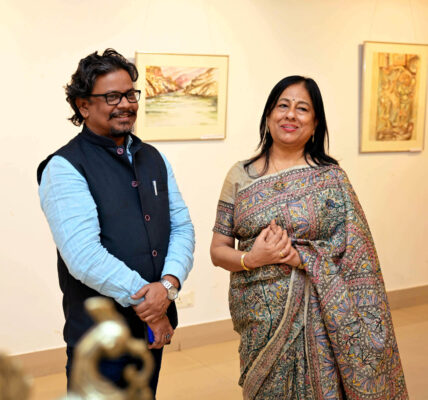The Joys of Sparrows

As I sit here, reminiscing about my childhood, I am instantly transported to a time when life was simpler, and joy was found in the smallest of things. One of the most vivid memories of my childhood is watching sparrows flit about in our backyard. Those tiny, brown birds with their twitching tails and cheerful chirps brought me immense delight, and I couldn’t help but feel a sense of wonder and awe.
A Symbol of Innocence and Joy
Sparrows represented a carefree childhood, where worries were few, and laughter was plentiful. I remember spending hours watching them build their nests, collecting twigs and leaves, and marveling at their industrious nature. Their presence was a reminder that life was full of simple pleasures.
Watching sparrows also fostered a deep connection to nature. I learned about the importance of birds in our ecosystem, and how they played a vital role in maintaining the balance of nature. This awareness sparked a sense of responsibility in me, and I began to appreciate the interconnectedness of all living beings.
Sparrows were also a common sight in our neighborhood, and watching them became a shared experience among the local children. We would gather around the bird feeders, eagerly waiting for the sparrows to arrive, and share stories about our encounters with these delightful creatures. This sense of community and shared wonder added to the magic of watching sparrows.
As I look back on those carefree days, I realize that the joy of watching sparrows has remained with me. Even now, when I catch a glimpse of a sparrow, I am instantly transported back to my childhood, and I feel a sense of nostalgia wash over me. It’s a reminder that some joys are timeless, and that the simple pleasures of life can bring us the greatest happiness.
Watching sparrows in my childhood was more than just a passing fascination – it was an experience that shaped my connection to nature, fostered a sense of community, and reminded me of the joy of simple pleasures. Even today, the sight of a sparrow brings a smile to my face, and I am grateful for the timeless joy that these tiny birds have brought to my life.
March 20th marks World Sparrow Day, a global initiative to raise awareness about the declining population of house sparrows and the importance of conservation efforts. In India, where the house sparrow was once a ubiquitous sight, their numbers have dwindled alarmingly, prompting concerns about the impact of urbanization and environmental degradation on bird populations.
The Decline of House Sparrows in India
The house sparrow, once a common sight in Indian cities and towns, has seen a significant decline in population over the past few decades. A study by the Bombay Natural History Society (BNHS) found that the sparrow population in India had declined by 60% between 2007 and 2012. The main reasons cited for this decline were:
1. Urbanization: The rapid expansion of cities and towns has led to the destruction of natural habitats and the loss of nesting sites for sparrows.
2. Lack of food and water: The decline of traditional farming practices and the increasing use of pesticides have reduced the availability of food and water for sparrows.
3. Electromagnetic radiation: The proliferation of mobile phone towers and other sources of electromagnetic radiation has been linked to the decline of sparrow populations.
Importance of Preserving Birds in India
Birds play a vital role in maintaining the ecological balance of our planet. They are important pollinators, seed dispersers, and predators, and their loss can have far-reaching consequences for the environment. In India, where many bird species are found nowhere else in the world, preserving bird populations is crucial for maintaining biodiversity.
Conservation Efforts
To address the decline of house sparrows and other bird species in India, conservation efforts are underway. Some initiatives include:
1. Creating sparrow-friendly habitats: Planting native vegetation, providing nesting sites, and creating water sources can help attract sparrows and other bird species.
2. Reducing pesticide use: Promoting organic farming practices and reducing the use of pesticides can help minimize the impact of chemicals on bird populations.
3. Raising awareness: Educating the public about the importance of bird conservation and the simple steps they can take to help can make a significant difference.
Conclusion
World Sparrow Day serves as a reminder of the importance of preserving bird populations in India. By taking small steps to create sparrow-friendly habitats, reduce pesticide use, and raise awareness, we can help reverse the decline of house sparrows and other bird species. Together, we can make a difference and ensure that the sweet songs of birds continue to fill our skies.
References:
1. Bombay Natural History Society. (2012). State of India’s Birds 2012.
2. Indian Bird Conservation Network. (2020). State of India’s Birds 2020.






